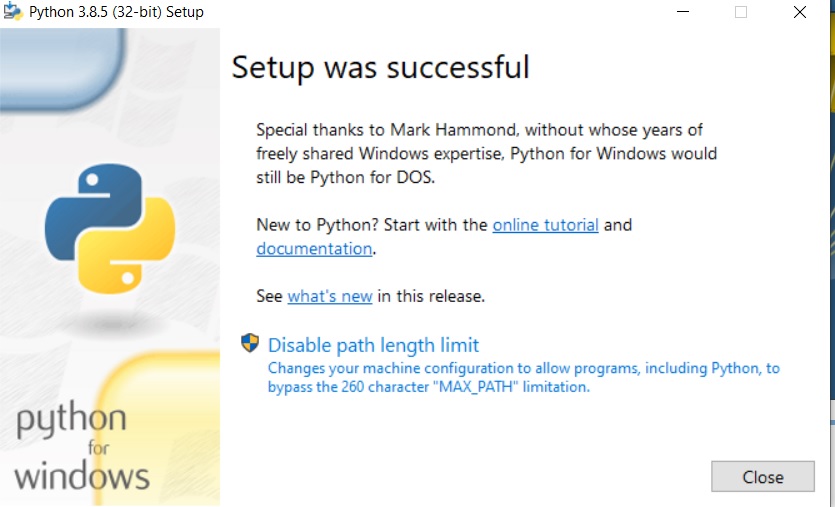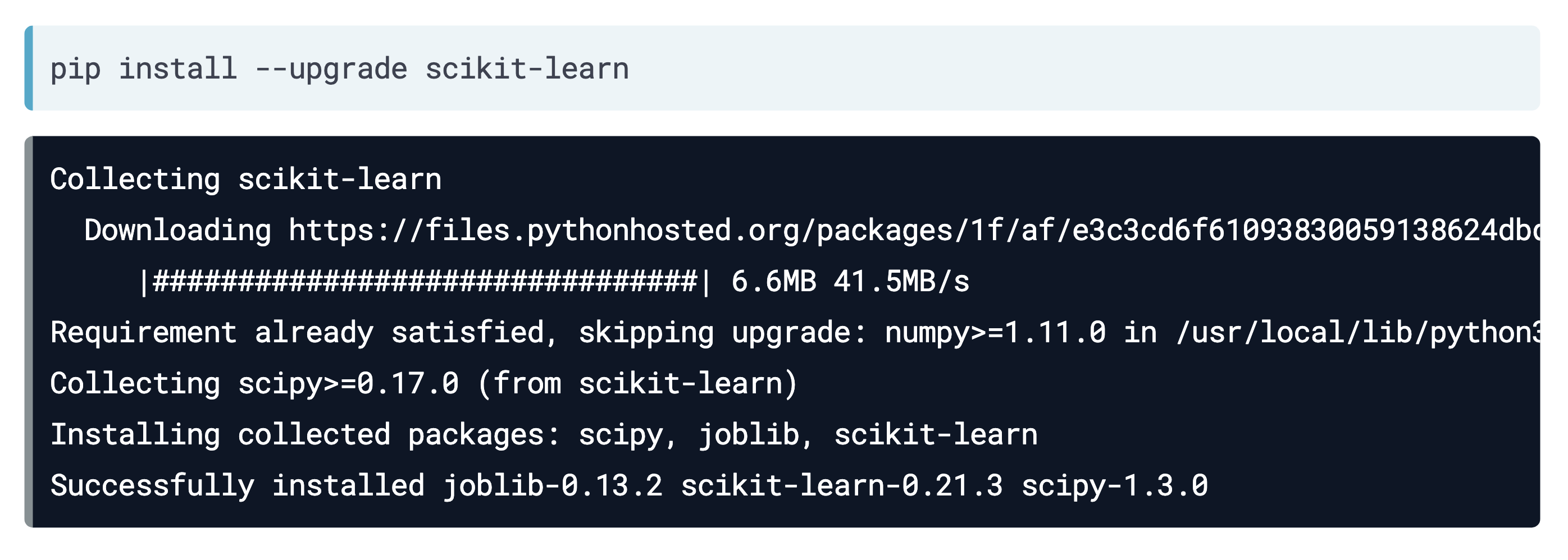

Setup.py and run the install: python setup. Or, if you have a requirements.txt file that lists necessary dependencies: pip install -user -r requirements.txt Installing via modules via setup.py to your home directoryĭownload and untar or unzip the module you would like to install.Ĭd into the module directory that contains

Download the prerequisite packages on the online computer. Once you have configured your PYTHONPATH as described above, you can install packages locallyīy adding the -user flag when calling pip: pip install -user PACKAGE_NAME_HERE Procedure On the online computer, verify if Python and Pip are installed. More information is available in the python-docx documentation. Installing modules via pip to your home directory pip install python-docx Copy PIP instructions Latest version Released: Project description python-docx is a Python library for creating and updating Microsoft Word (.docx) files. Run this command to update the PYTHONPATH for the current session: source ~/.bash_profile PYTHONPATH="$PYTHONPATH:~/lib/python2.7/site-packages/" > ~/.bash_profile ~/lib/python2.7/site-packages/ like this: echo export These first two steps only need to be done once.Īppend your. You can use pip to install packages from the Python Package Index and other indexes. This article assumes you are logged into a CETS managed Linux machine (Eniac, a lab machine, graduate workstation, etc). Rooms, and mailing lists is expected to follow the PSF Code of Conduct.How do I install a Python module for use on Linux systems at SEAS?

In this manner, your installation will not require root permissions and the Python. We recommend to either use the pip install-user option in order not to clutter your distribution Python or use a virtualenv. If you want to get involved head over to GitHub to get the source code, look at our development documentation and feel free to jump on the developer mailing lists and chat rooms:Įveryone interacting in the pip project’s codebases, issue trackers, chat Setting up Kotori as Python package is suitable for installing on platforms where there is no native distribution package available yet. If you find bugs, need help, or want to talk to the developers, please use our mailing lists or chat rooms: Note: pip 21.0, in January 2021, removed Python 2 support, per pip’s Python 2 support policy. We want your input, so sign up for our user experience research studies to help us do it right. In pip 20.3, we’ve made a big improvement to the heart of pip learn more. We release updates regularly, with a new version every 3 months. 7) to create a personalised local Python environment that can also be recreated by other users from a list of required packages. Please take a look at our documentation for how to install and use pip:

You can use pip to install packages from the Python Package Index and other indexes.


 0 kommentar(er)
0 kommentar(er)
